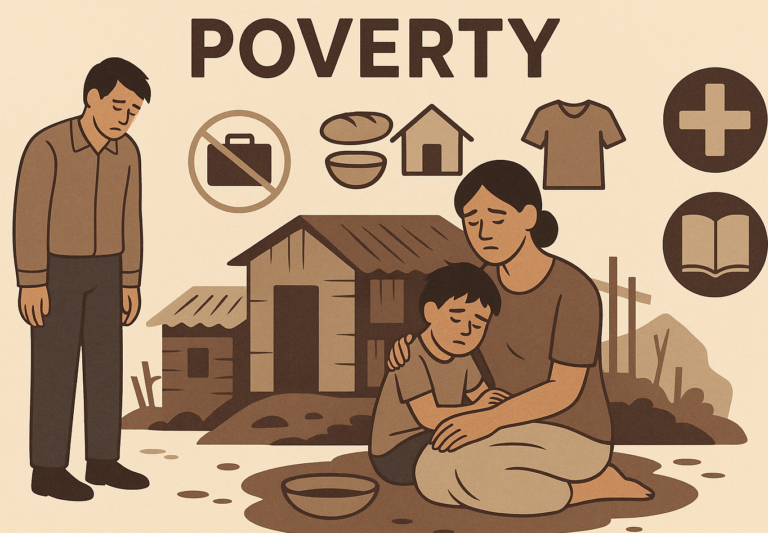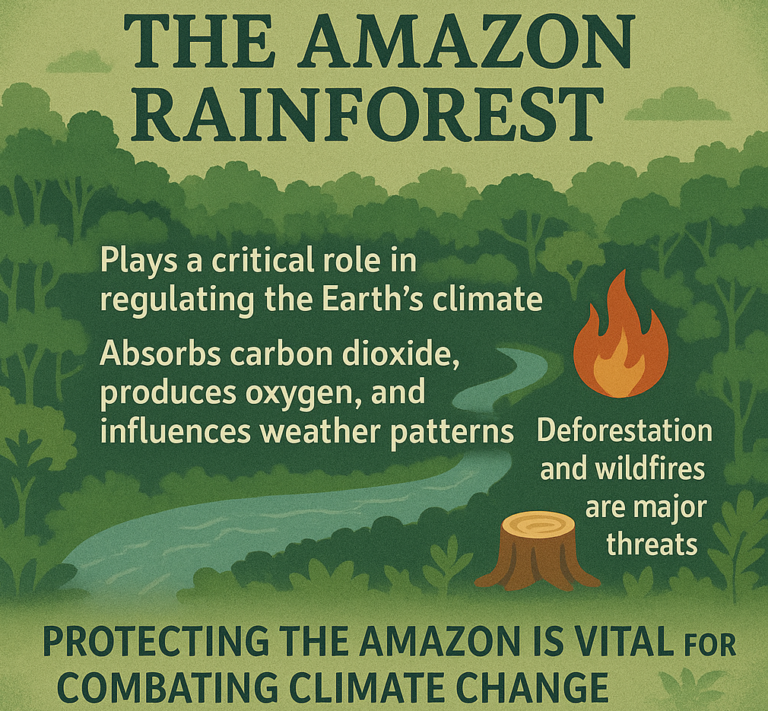What Was the Industrial Revolution?
The Industrial Revolution was a big change in how things were made, and it happened in the 18th and 19th centuries (about 1700 to 1900). It was a time when manual labor and hand tools were replaced by machines in factories. This period of change transformed society in many ways, including how people worked, lived, and interacted with the world.

It started in Britain and then spread to other countries around the world.
Key Features of the Industrial Revolution:
- Machines Replaced Hand Labor Before the Industrial Revolution, people made things by hand, using tools or working in small workshops. After the revolution, machines took over a lot of the work, making production faster and more efficient.
- Factory System Instead of making things at home or in small workshops, people began working in factories. Factories were large buildings where many people worked together to produce goods using machines.
- Use of New Energy Sources New energy sources, like steam power (from coal), helped power the machines. This was a big change from using water or human labor to run machines.
How Did the Industrial Revolution Begin?
- Agricultural Revolution Before the Industrial Revolution, there was an Agricultural Revolution that made farming more efficient. New tools, better farming methods, and crop rotation helped produce more food with less labor. This meant that fewer people needed to work on farms, so many people moved to cities to work in factories.
- Inventions and Innovations During the Industrial Revolution, many new inventions and technologies were created, such as:
- The Steam Engine (by James Watt): A machine that used steam to power machines, boats, and trains.
- Spinning Jenny (by James Hargreaves): A machine that could spin multiple threads of cotton at once, making fabric production faster.
- Power Loom (by Edmund Cartwright): A machine that automated weaving, making fabric production faster and cheaper.
- Access to Raw Materials Countries like Britain had plenty of raw materials, especially coal and iron ore, which were important for building machines and powering factories.
- Capital and Investment There was also a lot of capital (money) available for investing in new businesses and industries. Wealthy entrepreneurs helped fund factories, railroads, and mines.
Key Changes During the Industrial Revolution:
- Growth of Cities (Urbanization) Before the Industrial Revolution, most people lived in rural areas, working on farms. Afterward, more people moved to cities to work in factories, leading to urbanization. Cities grew rapidly, and new towns popped up around factories.
- Increased Production Machines made it much easier and faster to produce goods. For example, textiles (like cloth) were made much faster in factories with machines than they could be made by hand at home. This led to an increase in production and consumption of goods.
- Transportation Improvements The steam engine helped improve transportation:
- Trains: Steam-powered trains made it possible to transport goods and people quickly over long distances.
- Steamships: Steam-powered ships made international trade faster and easier.
- Roads: Better roads were built to help with travel and transport.
- Rise of New Industries The Industrial Revolution led to the growth of several new industries, such as:
- Textiles: Clothing and fabric production.
- Iron and Steel: Making tools, machines, and infrastructure like railways and buildings.
- Coal Mining: Coal was used to power steam engines, heat homes, and run factories.
- Chemical: Chemicals were used in many industries, like dyeing fabrics.
Social and Economic Changes:
- Shift to Factory Work
- Before, most people worked at home or on farms. But with factories, people had to leave their homes and work in large, noisy buildings for long hours. Factory work was often difficult and dangerous.
- Child labor was also common, with many children working in factories under terrible conditions.
- Growth of the Middle Class
- As industries grew, new middle-class people emerged, like factory owners, entrepreneurs, and managers. These people were wealthier than the working class but not as wealthy as the aristocrats (nobles).
- Poor Working Conditions
- Working conditions in factories were harsh. Workers had to work long hours (sometimes 12-16 hours a day), with little pay and no safety regulations. Many workers suffered injuries, illnesses, and even death.
- Labor Unions
- In response to poor working conditions, workers began to organize into labor unions to demand better pay, shorter hours, and safer working environments. This led to the eventual creation of labor laws.
- Increased Wealth Inequality
- While the Industrial Revolution led to greater wealth for some factory owners and entrepreneurs, it also created a gap between the wealthy and the working class. The working class lived in poor conditions in crowded cities, while factory owners became very rich.
Positive Effects of the Industrial Revolution:
- Economic Growth
- The increase in production led to economic growth. More goods were made, and people could buy things they didn’t have before. This improved the overall standard of living, though it took time for many people to feel the benefits.
- Technological Advancements
- Many important inventions and innovations, like the steam engine, electricity, and telegraph, came about during the Industrial Revolution. These advancements made life easier and paved the way for further technological developments.
- Improved Transportation
- The development of railroads and steamships made travel and trade faster and cheaper. This helped countries trade with each other more easily, leading to a global economy.
Negative Effects of the Industrial Revolution:
- Poor Working Conditions
- Many workers faced long hours, low pay, and dangerous working environments. Children were often exploited and worked in factories, coal mines, and other dangerous places.
- Environmental Damage
- Factories and industries produced pollution, such as smoke, chemicals, and waste. This led to poor air quality, polluted rivers, and general environmental degradation.
- Urbanization and Overcrowding
- Cities grew very quickly, leading to overcrowding. People lived in poor conditions in cramped, unsanitary housing, and there was a lack of proper public services like clean water and sanitation.
Conclusion:
The Industrial Revolution was a time of great change. It shifted societies from agrarian (farming) economies to industrial (factory-based) economies. This revolutionized production, transportation, and society as a whole.
- Positive impacts included economic growth, technological progress, and improved transportation.
- Negative impacts included poor working conditions, environmental damage, and social inequality.
The Industrial Revolution laid the foundation for modern industry and changed the way we live in many ways, both for better and for worse.
Keywords: Industrial Revolution, General Knowledge











